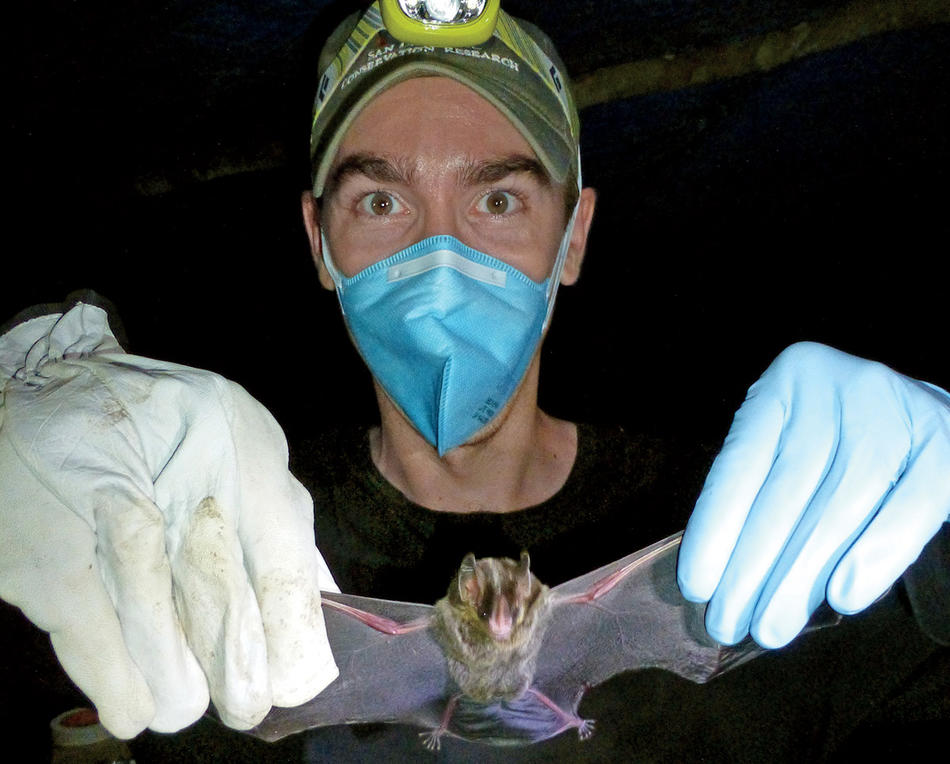There was a time, from around the end of World War II through the 1960s, when public-health officials in the US and Europe thought they had conquered most infectious diseases. Many of history’s worst communicable illnesses — smallpox, tuberculosis, malaria, measles, syphilis, typhoid, influenza, leprosy, and the plague — were being brought to heel by vaccines, antibiotics, and antiviral drugs. And because new infections were rarely observed, mankind’s triumph over the microbial world was seen as virtually complete. US Secretary of State George Marshall spoke for many when he declared in 1948 that human civilization was on the cusp of eradicating infectious diseases forever.
But in the late twentieth century something unexpected happened. Strange new infections began to emerge. First there was AIDS, caused by a virus that jumped from chimpanzees into humans. There were fatal hemorrhagic fevers like Ebola, which likely came from bats; Lassa fever, from rodents; and Marburg fever, also from bats. There were infections that cause serious neurological problems, like Lyme disease, which originated in mice and which is transported by ticks, and West Nile and Zika, both of which are transmitted by mosquitoes. And then, in this century, came bird flu, swine flu, and a trio of extraordinarily dangerous new respiratory ailments caused by bat viruses: SARS, MERS, and now COVID-19. In the war between man and microbes, it seems, the germs are making a comeback.
The numbers tell a sobering story: between 1960 and 2004 alone, 335 new infectious diseases emerged, the vast majority caused by viruses or bacteria that spread from animals to people, according to one Columbia study published in Nature. Such “spillover” events have been occurring more frequently, the study found, primarily as a result of rapid population growth and the resulting human encroachment into wilderness. “As people move into previously undeveloped habitats, wild animals are being crowded into smaller areas and are mixing with people more,” says coauthor Marc Levy, a geospatial-data expert at Columbia’s Earth Institute.
Simon Anthony, a Columbia epidemiologist who studies how viruses move between species, says that humans pick up these infections in myriad ways: by eating the flesh of wild animals, also called bushmeat; by eating fruits or vegetables that have been nibbled on by infected rodents, bats, or birds; by drinking water contaminated by infected animals’ urine or feces. Raising livestock close to forests is also a major risk, he says, since domestic animals can catch infections from wild ones and later infect their owners.
And yet efforts to clear wild animals away from new human habitats are prone to backfiring. Anthony notes that bats are frequently the targets of extermination campaigns but only become more dangerous when forced out of their caves. He and colleagues are now working with agricultural communities throughout the developing world to teach people how to minimize their chances of contracting novel infections while living peacefully beside bats and other disease carriers in their vicinity.
“Our message is: protect bats but keep your distance,” Anthony says. “We know that bats carry viruses that can be transmitted to humans, but it’s also important to remember that they serve vital ecosystem roles, pollinating plants and controlling insect populations. Without them many of the foods we enjoy would disappear and insect-borne diseases would increase.”
According to W. Ian Lipkin, the John Snow Professor of Epidemiology and the director of the Center for Infection and Immunity at Columbia’s Mailman School of Public Health, the rural poor in tropical regions are at the greatest risk of contracting novel diseases, in part because they often depend on bushmeat as a source of cheap protein and may have little choice but to farm patches of freshly cleared forest. But he says that a demand for exotic animals among wealthy consumers — for pets, food, or use in traditional medicine — is a growing public-health threat. In fact, the wild-animal and seafood market in Wuhan, China, that was at the center of the COVID-19 outbreak catered to an upper-class clientele. A leading theory about the disease’s emergence is that one or more pangolins — small endangered mammals whose meat is coveted as a delicacy in some parts of Southeast Asia — became infected and passed the virus from bats to food handlers and customers. Alternatively, some scientists have theorized that the coronavirus might have been carried into the market by poachers or others involved in the illicit animal trade.
The US, which is the world’s biggest importer of wildlife, has had its own close calls. A few years ago, an exotic-animal dealer in Texas imported hundreds of African rodents carrying a rare form of monkeypox that was passed along, via pet prairie dogs, to dozens of people in the Midwest. Fortunately, the victims recovered and did not transmit the infection to anyone else. But Lipkin says that if the virus had evolved to become more harmful or contagious — always a possibility when a virus jumps across multiple species, as it can acquire bits of other microbes along the way and hence change its behavior — a more dangerous epidemic could have occurred.
Many other factors are now contributing to the emergence of novel diseases, Lipkin says. He points to climate change, which is shifting the natural habitats of many wild animals and causing them to migrate to more populated areas; commercial demand for natural resources, which is driving timber and mining companies deeper into native woodlands; and the growth of megacities in the developing world, where poor sanitary conditions put people at heightened risk for insect-borne diseases.
“In recent years, all of these elements have been in play,” he says. “It’s a perfect storm.”
This article appears in the Spring/Summer 2020 print edition of Columbia Magazine as part of the cover story, "What We Have Learned From the Pandemic (So Far)."



